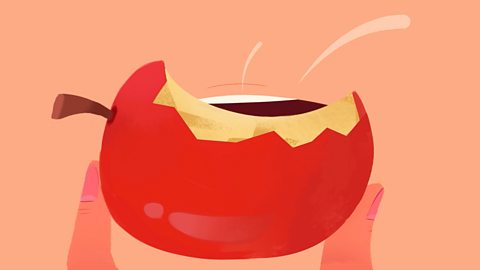Metal and sustainability
There are lots of different metals. Some are shiny, some are flexible, some are soft, some are very strong.
Metals can be made into lots of different shapes and is good for building, making things and conducting electricity and heat.
In this article you can learn about:
- The difference between pure and alloy metals
- Common metals and their uses
- Advantages and disadvantages of using metal
This resource is suitable for sustainability topics for primary school learners.
Video - Metal and sustainability
In this video, you can learn the difference between pure and alloy metals and the advantages and disadvantages of using metal.
Meet the Metals.
They might look a bit scary…
…but they’re actually very helpful.
Copper is the old-timer of the family.
People started using him 10,000 years ago to make jewellery.
And he’s still used today for lots of stuff, like wires, because copper conducts electricity really well.
This one’s Iron. She’s the most popular metal in the world.
And, like most metals, she starts life in the ground mixed up with rock.
People use big machines to dig iron up, and then heat it in huge ovens, called blast furnaces, which separate the metal from the rock.
Iron is combined with carbon from coal to make steel.
Steel is tough, lasts a long time and is used to make buildings, vehicles, radiators and even knives and forks.
If you want to make something beautiful, like a necklace, you might call on Gold.
Gold is also used in mobile phones to conduct electricity and data.
For something lighter, like a soft drink can, you might use Aluminium.
And if you want to make batteries, Zinc is your go-to guy.
But the Metals do create a few problems.
Mining metal pollutes the local environment, harming plants, animals and even people.
And making metal takes a lot of energy and produces loads of carbon dioxide which contributes to global heating.
Thankfully, metal can be recycled. Over and over again.
So the more empty drinks cans and tins of beans you pop into the recycling…
…the less metal needs to be mined in the future!
Which is just as well, because once we’ve dug it all up, they'll be none left.
Metal is non-renewable.
Your phones and laptops can be recycled too, at a special recycling plant where the precious metals will be removed and used again.
It still takes energy to separate, re-melt and re-form metal into new objects, but it’s a lot less than the energy needed to mine and make new metal.
Overall, the metals are a very useful bunch.
And we’ve not even met-all of them!
Sorry guys…
The point is, if we want a sustainable future, we should try and use them a bit less, and recycle them…
…a lot more!
What are pure metals and alloy metals?
There are a lot of different types of metal.
Pure metals only contain one type of metal. They are found in the ground in rocks. They are mined (dug out) and separated from other materials using chemicals or heating. They can then be shaped for use. These include metals such as:
- aluminium
- silver
- copper
- gold
- iron
- zinc
Alloy metals are non-natural metals that have been created by mixing pure metals together or with other materials. Examples of alloy metals are:
- brass - an alloy of copper and zinc
- steel - an alloy of iron and carbon (from coal)
- bronze - an alloy of copper and tin
Common metals and their uses
Metals are used for a lot of things. Here are some examples:
What is aluminium?
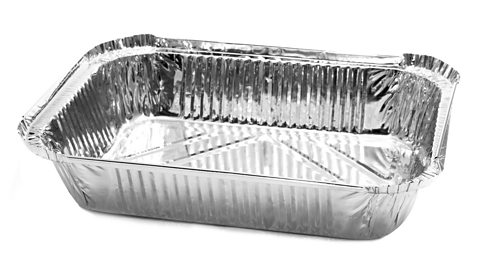
Aluminium is a pure metal which was first found and used in the 1800s. It looks like silver and reflects light in the same way, but is much lighter, weaker and cheaper. As it is a soft and flexible material which does not rust, it can be used to make a range of different things such as drinks cans, parts for vehicles and parts for buildings.

What is copper?
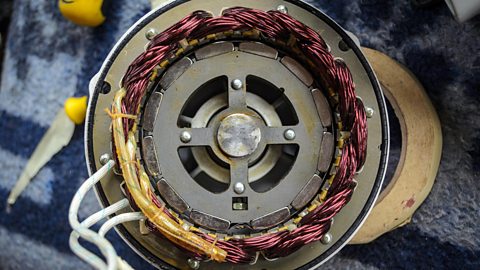
Copper is one of the few metals that can be used in its raw form. It was the first metal to be castTo make a material into a new shape by melting it, pouring it into a mould and leaving it to turn solid. into a mould in around 4000 BC (around 6,000 years ago) and the first metal to be mixed with another metal to make an alloy metal. It was mixed with tin to make the alloy bronze in 3500 BC (around 5,500 years ago).
Copper is flexible and soft so has been used to make jewellery for a long time. It is also a good conductorA material which allows charge or heat to move easily through it. of heat and electricity so is now commonly used for wires in all kinds of machines and systems.

What is gold?
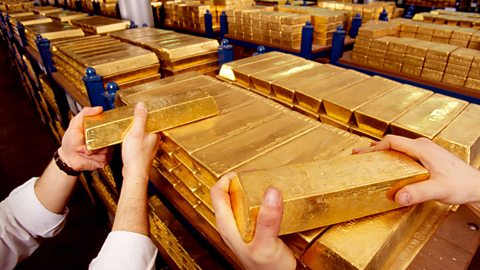
Gold is found in rocks as nuggets or grains. It is a soft and flexible material in its pure form and is treated or mixed with other metals to make strong and expensive alloy metals.
It is most commonly used to make jewellery and currency (money) because it is rare. This makes it valuable. You'll also find it in electronics used in laptops, mobile phones and even spacecrafts as well as in medical treatments.
(Did you know? Many people think that £1 and £2 coins are made out of gold, but they are actually made of nickel-brass!)

What is iron?
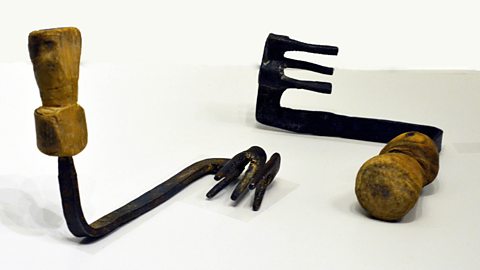
Iron is the most common material on Earth, making up most of the Earth’s inner and outer core.
It is a pure metal, mined and then heated to separate it from rock so that it can be used. Humans began to do this around 1,200 BC (around 3,200 years ago). This discovery ended the Bronze Age and led to the Iron Age. Iron was used at this time to make stronger weapons and tools.
Most iron mined now is used to make steel, a strong alloy metal.

What is steel?

Steel is an alloy metal made from iron and carbon.
It is a very strong, long-lasting material that is used to make a lot of different things, including parts for cars, cutlery like knives and forks, and girderA beam that helps to keep a structure standing. for buildings.

What is zinc?
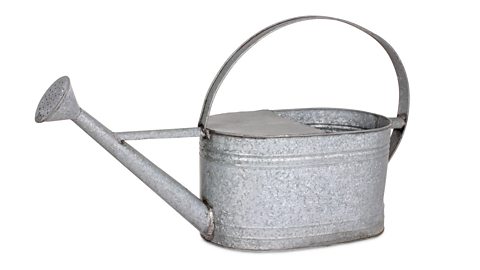
Zinc is a pure metal that is brittle and weak. It is often used to galvanise metals like steel. This means the zinc is used as a coating that covers the steel and protects it from rusting and corroding.
Zinc is also used in batteries. It is mixed with other materials to make a paste that can generate electricity.

How sustainable is metal?
Metals are a non-renewable material, which means that once they are used, they are gone and do not grow back.
The mining of metal can cause pollution to local wildlife and natural features such as rivers.
Making metal uses a lot of energy, which produces carbon dioxideA gas that is naturally present in the atmosphere and a greenhouse gas. Trees absorb carbon dioxide and humans breathe it out.. This contributes to climate changeThe change in the usual conditions of weather (temperature, wind, rainfall etc.) on Earth over a long period of time. The climate has changed throughout the history of Earth, but current climate-change refers to an increase in global temperature. which is a very serious problem. As it takes less energy to recycle metal than make new metal, it is very important to recycle metal when we are finished using it.
This includes items like phones, laptops and TVs which all have metal in them. They can be recycled at special recycling places. So when you’re looking to get a new device, look up the nearest place for you to recycle your old one.
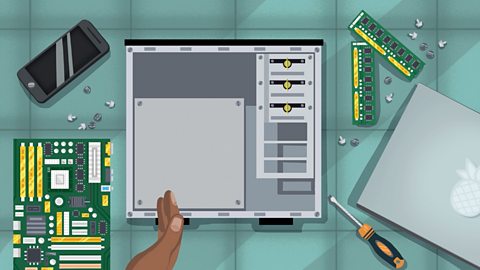
Advantages and disadvantages of metals
Advantages of metals
There are many different types of metal that have different properties. This means metals can be used for lots of different things.
Metal is stronger than other materials such as plastic, which means it can be used in buildings and other large structures.
Metals can withstand higher temperatures than other materials, which means they can be useful in lots of different situations.
Metal can be recycled, which means less metal needs to be mined in the future. Even items made from metal such as batteries, laptops and mobile phones can also be recycled.
Disadvantages of metals
Mining metal has a negative impact on the local environment, causing pollution, harming plants, animals and even people.
Making metal takes a lot of energy and produces loads of carbon dioxide. This contributes to global warming and climate change.
Metal is non-renewable and there is a limited supply, which means it is very important to recycle the metal that we use.

Key words about metals
Sorry, something went wrongCheck your connection, refresh the page and try again. – Products and goods that are made from raw materials. The raw materials are usually used in large quantities and processed by machines. Companies that make these products are known as manufacturers.
Sorry, something went wrongCheck your connection, refresh the page and try again. – A material that allows heat or electricity to pass through it easily. Metals such as copper, iron and steel are good electrical conductors.
Sorry, something went wrongCheck your connection, refresh the page and try again. - A natural gas that is all around us. It is essential for life on Earth. For example, animals (including humans) breathe in oxygen and breathe out carbon dioxide, while plants do the opposite. But carbon dioxide is also created when fossil fuels are burned. This is a problem because there is now too much of it in the atmosphere. As a greenhouse gas, carbon dioxide is the main cause of global heating and therefore climate change.
Sorry, something went wrongCheck your connection, refresh the page and try again. - The change in the usual conditions of weather (temperature, wind, rainfall etc.) on Earth over a long period of time. The climate has changed throughout the history of Earth, but current climate change refers to an increase in global temperature.
Test your knowledge
Quiz
Challenge

Make a list of all the metal products you recycle at home
Find out what type of metal each item is made from. Why do you think that particular type of metal has been used?
We can also reduce and reuse some of the metals we use at home. Are there metal products at home you could use less of? If so, what could you use instead?
More on Materials and resources
Find out more by working through a topic
- count5 of 7

- count6 of 7
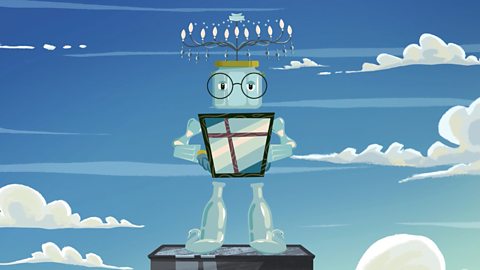
- count7 of 7
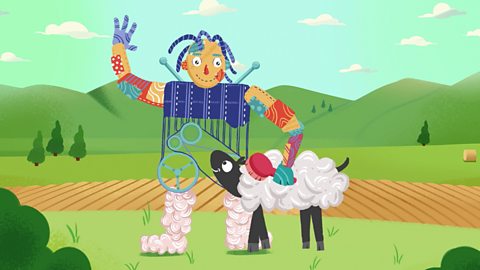
- count1 of 7
